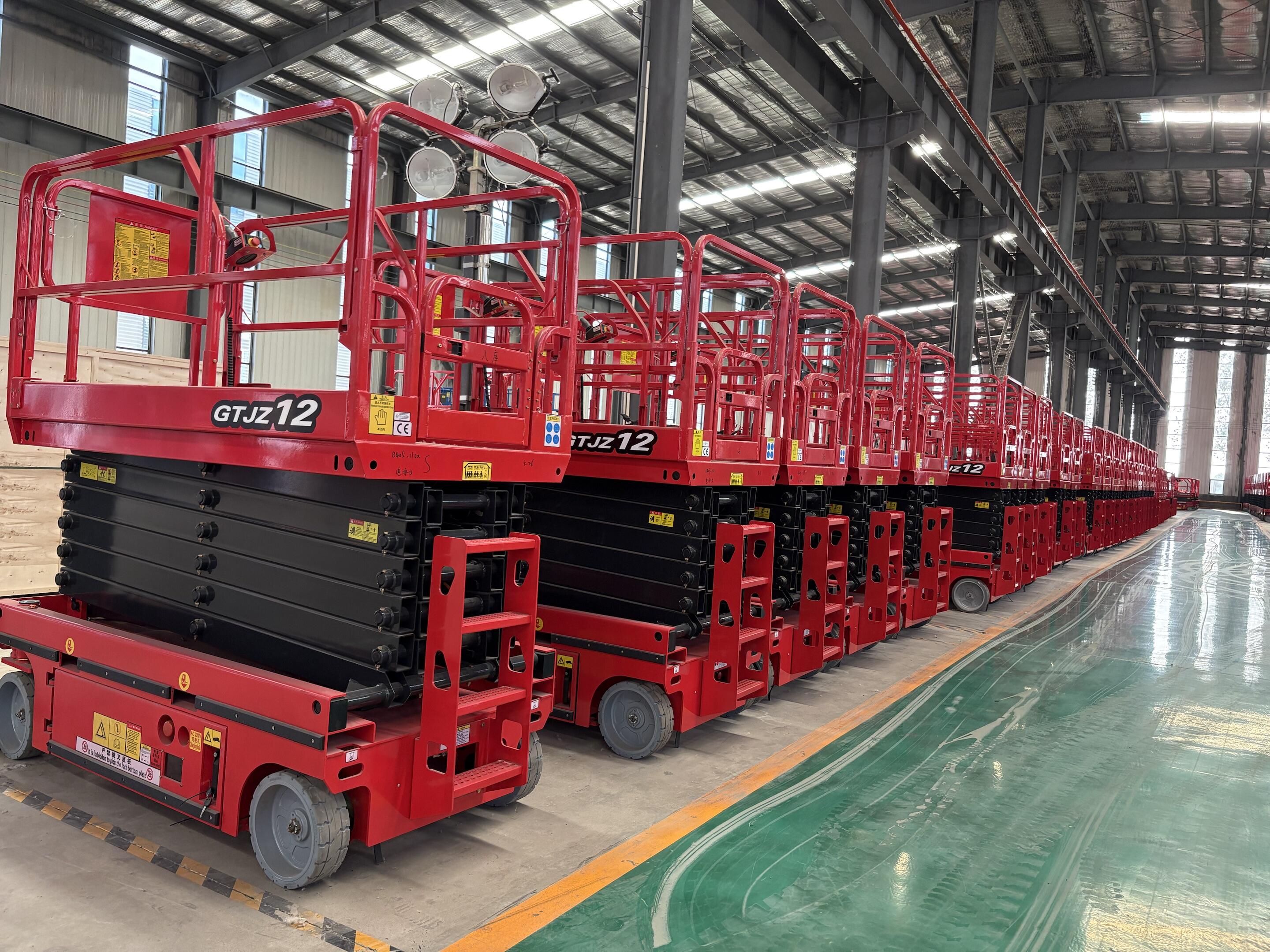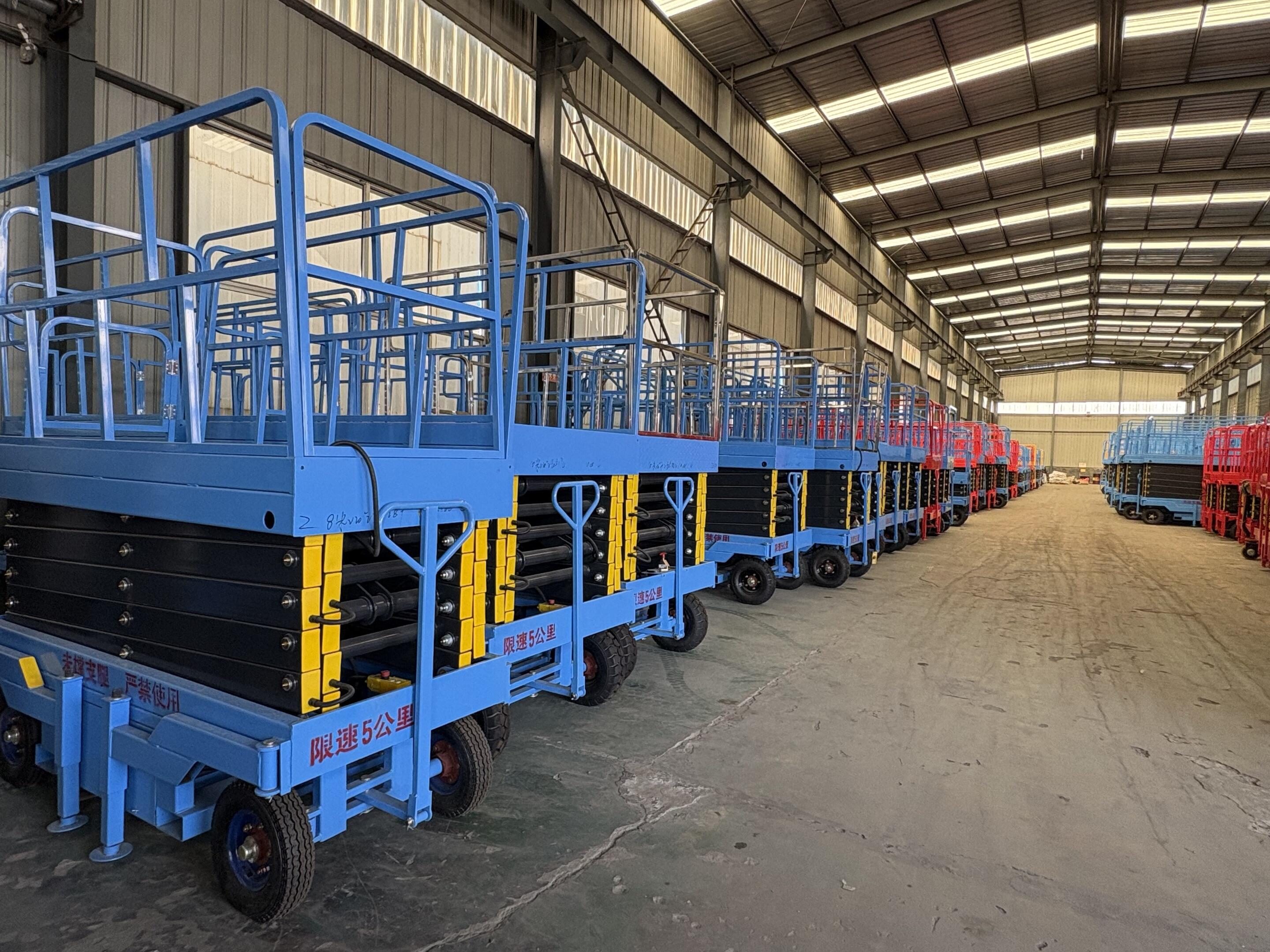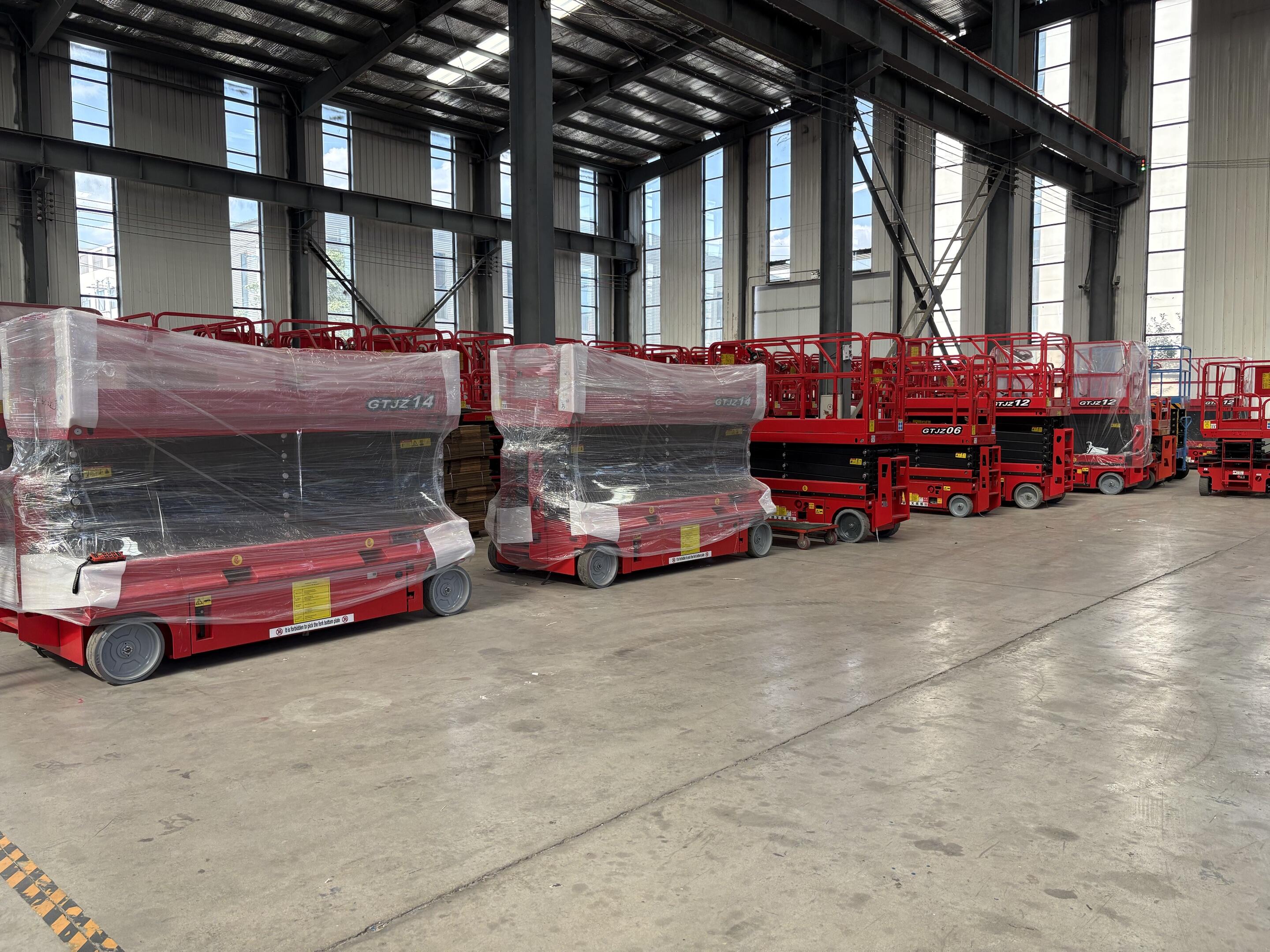A goods platform lift is a robust and reliable material handling solution designed to transport goods between different levels, offering a safe and efficient alternative to manual lifting, ramps, or forklifts in various industrial, commercial, and logistics environments. It consists of a sturdy platform that moves vertically along a fixed track or guide rails, powered by hydraulic, electric, or mechanical systems, ensuring controlled and stable movement for goods of all sizes and weights. This equipment is widely used in warehouses, factories, retail stores, and distribution centers, where the vertical movement of goods is essential to optimize storage space, streamline operations, and reduce the risk of workplace injuries. The construction of a goods platform lift is engineered for durability and strength, with the platform itself made from high-grade steel or aluminum to withstand heavy loads, ranging from 500 kg to over 10 tons, depending on the model. The platform often features a non-slip surface, raised edges, or optional side rails to prevent goods from sliding during transit, ensuring secure transportation even when moving fragile or irregularly shaped items. The lifting mechanism is typically hydraulic, using pressurized fluid to drive pistons that raise and lower the platform, providing smooth and consistent movement. Electric models utilize motors and screw drives or chain systems for quieter operation, making them suitable for noise-sensitive environments such as retail stores or office buildings with attached warehouses. One of the key advantages of a goods platform lift is its ability to operate in tight spaces, making it ideal for facilities where floor space is limited. Unlike elevators or cranes, which require significant installation space, a goods platform lift can be integrated into existing layouts with minimal modifications. It can be installed indoors or outdoors, with weatherproof models available for outdoor use, featuring rust-resistant coatings, waterproof electrical components, and protective covers to withstand rain, snow, and extreme temperatures. This versatility allows businesses to use the lift in loading docks, between mezzanine levels, or even in outdoor storage yards, expanding their material handling capabilities. Safety is a critical aspect of a goods platform lift, with multiple features designed to protect both the goods and the surrounding environment. Overload protection systems monitor the weight on the platform and prevent operation if the load exceeds the rated capacity, reducing the risk of mechanical failure or collapse. Emergency stop buttons are located on both the platform and the control panel, allowing immediate shutdown in case of an emergency. Door interlocks ensure that the lift cannot operate unless all access doors or gates are securely closed, preventing accidents involving personnel or equipment near the lift. Some models also include safety edges on the platform, which stop the lift if they come into contact with an obstacle, preventing damage to goods or the lift itself. The operation of a goods platform lift is simple and intuitive, with controls that can be mounted on the platform, nearby walls, or even remote panels for convenience. Push-button controls allow operators to select the desired floor or height, with the lift moving automatically to the specified level. Many modern models feature programmable settings, enabling the lift to stop at pre-set levels, which is useful for repetitive tasks such as loading and unloading trucks at a fixed height or moving goods between specific shelving levels. The lifting speed is adjustable, with slower speeds available for delicate goods to prevent shifting or damage. Training requirements are minimal, making it easy for staff to operate the lift safely after a brief orientation. Versatility is a standout feature of a goods platform lift, as it can be customized to suit a wide range of applications. For palletized goods, the platform can be designed to accommodate standard pallet sizes, with optional rollers or conveyor systems to facilitate easy loading and unloading. For irregularly shaped items, a flat, open platform with removable side rails provides flexibility, allowing goods to be secured with straps or chains. Some models are equipped with tilt functions, enabling the platform to angle slightly to align with truck beds or sloped surfaces, simplifying the transfer of goods. In retail settings, a goods platform lift can be integrated into display areas, allowing staff to move stock from basement storage to ground-floor sales areas without disrupting customers. Maintenance of a goods platform lift is straightforward, ensuring long-term reliability and minimal downtime. Regular maintenance tasks include inspecting the lifting mechanism for wear or damage, checking hydraulic fluid levels and pressure (for hydraulic models), and testing safety features to ensure they are functioning correctly. Electric models require periodic checks of motors, wiring, and control systems to prevent electrical faults. Lubricating moving parts such as chains, gears, or guide rails reduces friction and extends the life of the lift. Many manufacturers provide maintenance schedules and support services, with trained technicians available to perform inspections and repairs, ensuring the lift remains in compliance with safety standards and operates at peak efficiency. Cost-effectiveness is another benefit of a goods platform lift, as it reduces the need for manual labor and more expensive equipment like forklifts or cranes. By automating the vertical movement of goods, it speeds up loading and unloading processes, increasing productivity and reducing labor costs. The risk of damage to goods is minimized due to the controlled movement, lowering losses from broken or damaged items. Additionally, the lift’s durability and low maintenance requirements result in a long service life, providing a strong return on investment over time. For businesses looking to expand their storage capabilities, a goods platform lift allows them to utilize vertical space efficiently, reducing the need for costly expansions of floor area. Applications of a goods platform lift are diverse, spanning various industries. In manufacturing, it moves raw materials from ground-floor storage to upper-level production lines and transports finished products to shipping areas. In warehouses, it facilitates access to high shelving and mezzanine levels, maximizing storage density. In retail, it helps move inventory from backroom storage to sales floors quickly and discreetly. In logistics, it bridges the gap between loading docks and truck beds, ensuring smooth transfer of goods regardless of height differences. It is also used in automotive repair shops to lift vehicles or parts, in libraries to access high shelves, and in hospitals to transport medical supplies between floors. In conclusion, a goods platform lift is an essential tool for businesses seeking to improve efficiency, safety, and space utilization in material handling operations. Its robust construction, versatile design, and advanced safety features make it suitable for a wide range of applications, from small retail stores to large industrial facilities. By investing in a goods platform lift, businesses can streamline their operations, reduce costs, and create a safer working environment, ultimately enhancing their overall productivity and competitiveness.


